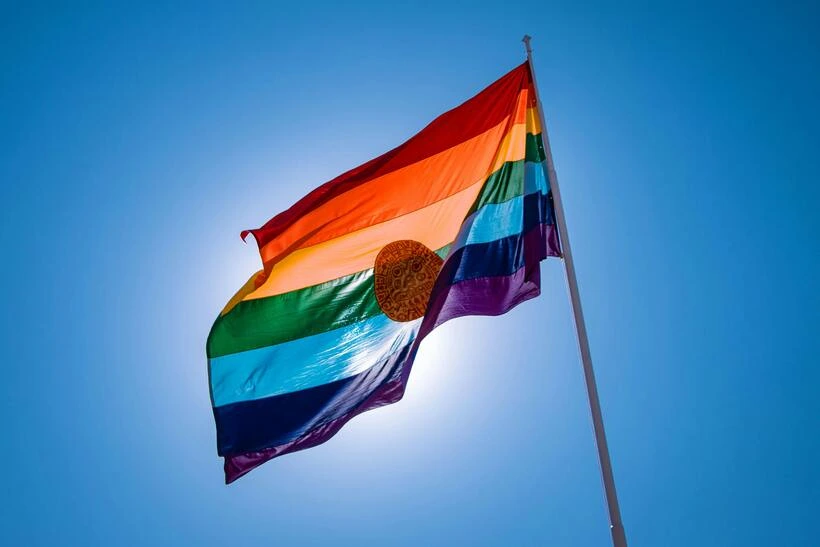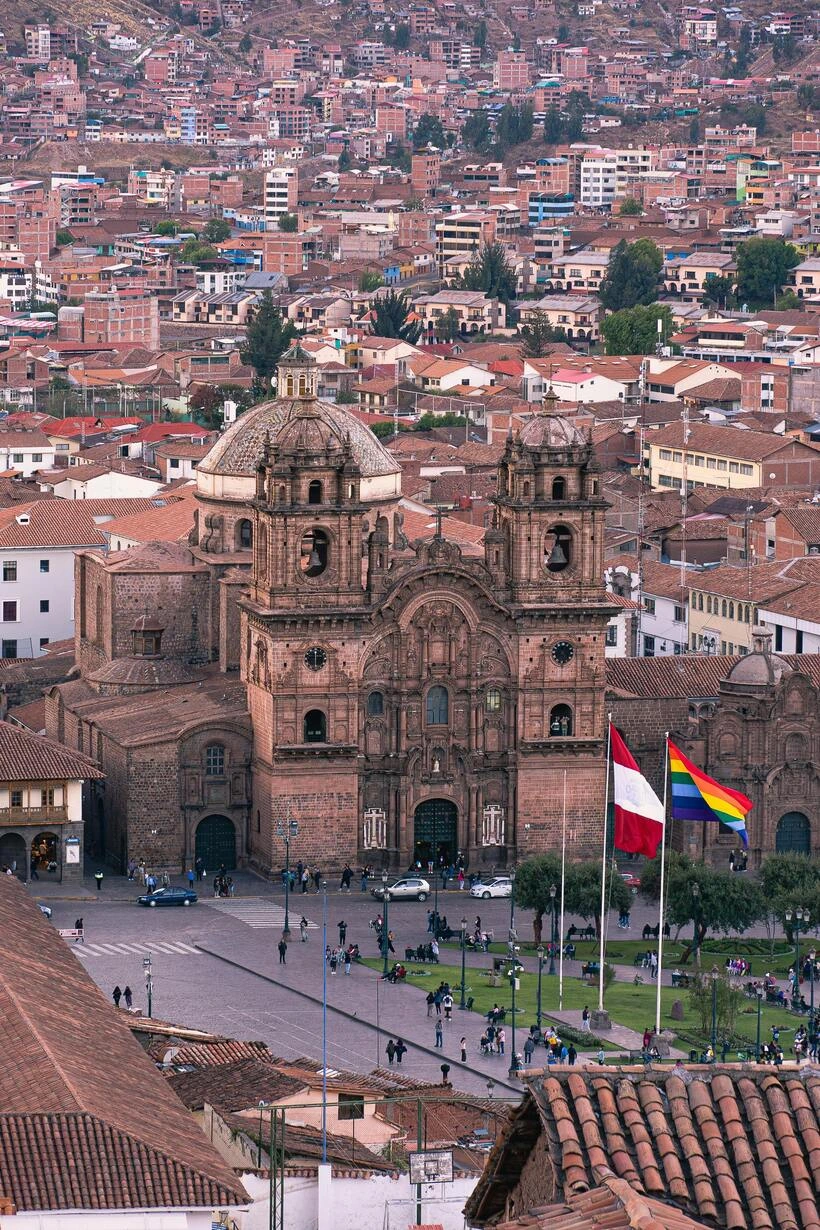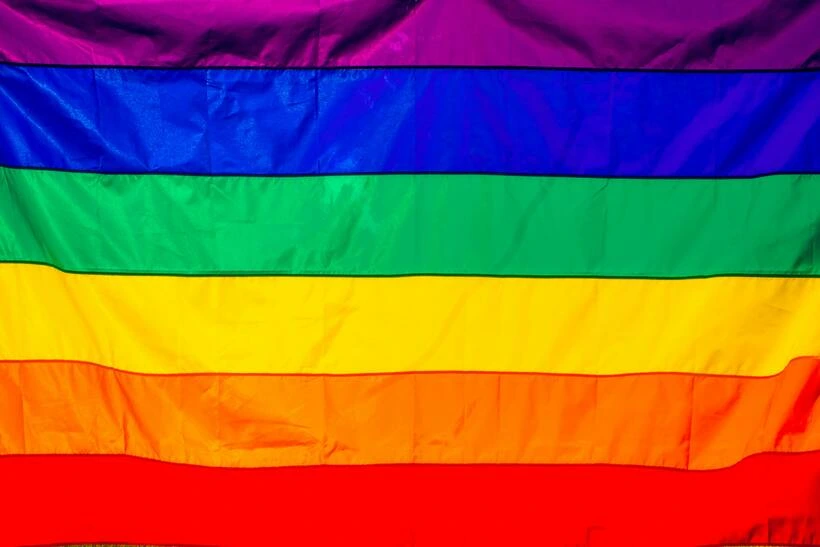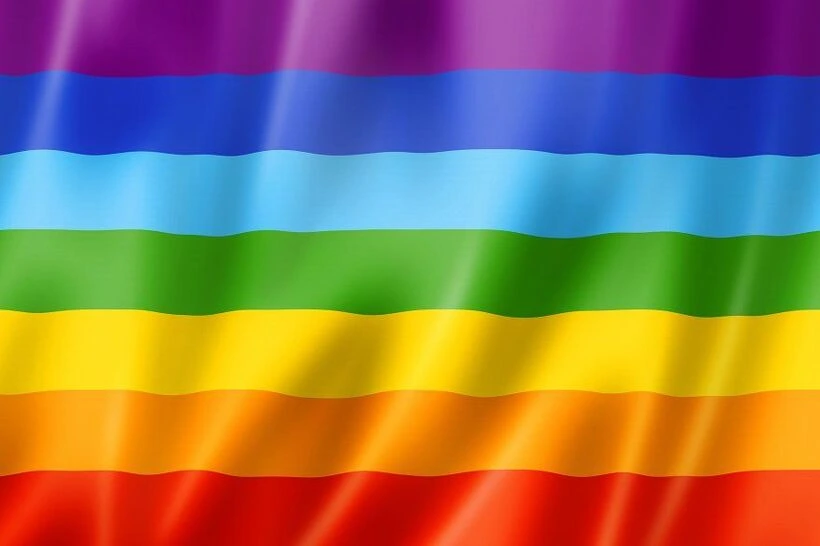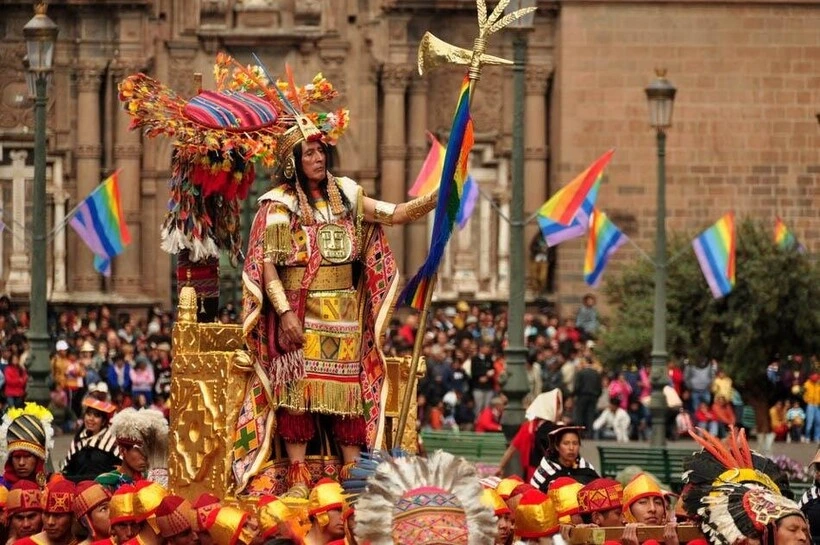Cusco, the historical capital of the Inca Empire, is known for its rich culture, breathtaking landscapes, and deep-rooted traditions. One of its most recognized symbols is the Cusco Flag, a vibrant rainbow-colored banner that often sparks curiosity and debate.
The Cusco Flag: History, Meaning, and Controversies
Hello, dear reader! In this article, we explore its history, significance, and the most frequently asked questions about the iconic Cusco flag. Continue reading!
What is the Cusco Flag?
The Cusco Flag consists of seven horizontal stripes in the colors of the rainbow: red, orange, yellow, green, light blue, dark blue, and violet. It is often mistaken for the LGBTQ+ Pride flag, but it has a different origin and meaning.
What is the Origin of the Cusco Flag?
The rainbow flag was officially adopted as the flag of Cusco in 1978. However, its origins remain debated. Some claim it was inspired by ancient Andean cultures, which associated the rainbow with fertility, abundance, and the connection between earth and sky. Others argue that the flag was designed in modern times to represent indigenous heritage and unity.
Did the Incas use a Rainbow Flag?
There is no clear historical evidence that the Inca Empire used a rainbow flag. Some historians believe that the Incas might have used colorful banners, but there is no documented proof that the current design existed during their reign. Instead, the flag is a more recent invention, created to symbolize Cusco’s indigenous identity and cultural pride.
Why is the Cusco Flag often Confused with the LGBTQ+ Pride Flag?
Both flags have a rainbow pattern, but there are key differences:
- The LGBTQ+ Pride flag has six stripes, without the light blue color found in Cusco’s flag.
- The Cusco flag has seven stripes, including a light blue stripe between green and dark blue.
Because of this similarity, there have been discussions about whether Cusco should modify its flag to avoid confusion.
Is the Cusco Flag Still Official Today?
Yes, the flag is still widely used in Cusco, especially during official events, festivals, and city celebrations. However, there have been debates about whether it should be replaced, as its resemblance to the Pride flag often causes misunderstandings.
Interesting Facts about the Cusco Flag
- The Cusco flag was first introduced by radio broadcaster Raúl Montesinos in 1973 and later adopted officially in 1978.
- It is often displayed in the Plaza de Armas of Cusco and government buildings.
- The flag is especially prominent during Inti Raymi, the annual Inca Festival of the Sun, held in June.
- Some locals and historians believe the flag should be replaced with a more historically accurate symbol.
- Despite the controversy, many Cusqueños embrace the flag as a symbol of their city’s cultural richness.
The Cusco Flag is an important cultural symbol representing the city’s indigenous heritage and pride. While its history is debated and it is often confused with the Pride flag, it remains a significant part of Cusco’s identity. If you visit Cusco, you will likely see it proudly displayed throughout the city, reminding everyone of its deep-rooted traditions and history.
Would you like to learn more about Cusco’s culture and history? Explore our tours at Peruvian Sunrise and experience the magic of the Andean world!

